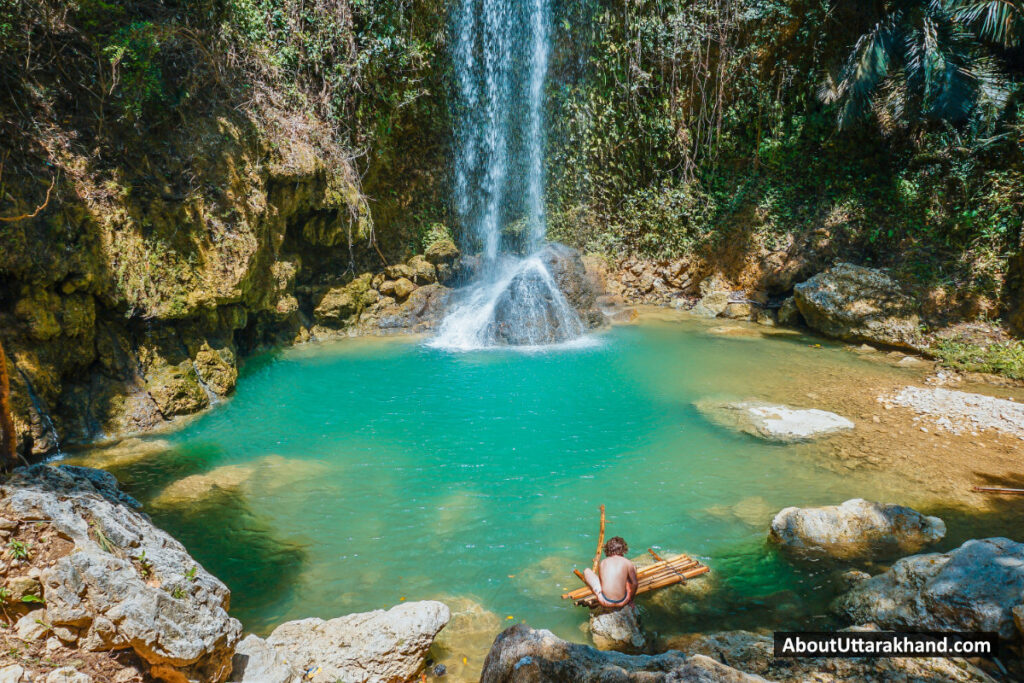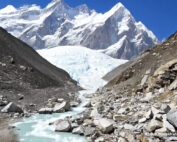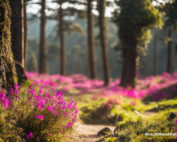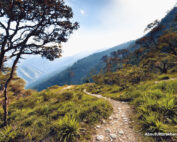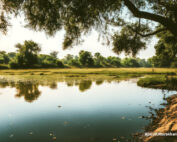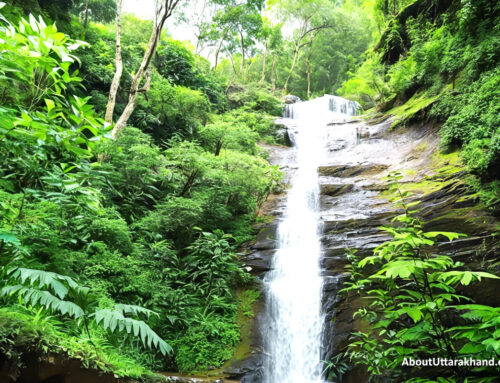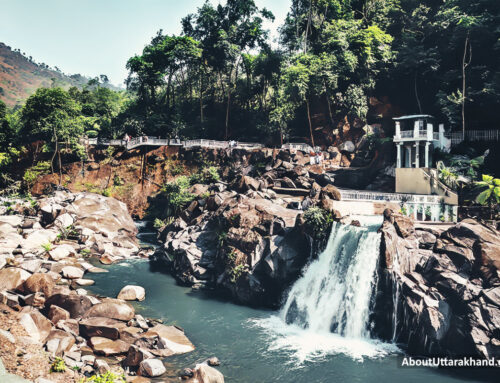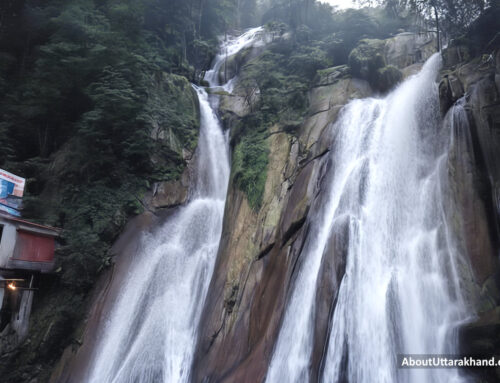Barati Rau Waterfall
The Barati Rau Waterfall is a peaceful waterfall that shows off the wild beauty of the Himalayas. It is hidden in the peaceful Chunakhan village in the magical Nainital District. This waterfall is a beautiful cascade that drops from the mountaintops. It is a haven for nature lovers and people who want to get away from the noise and chaos of the city. As travellers start their trip to Barati Rau Waterfall, they are greeted by the lush green forests around them, the soothing sound of running water, and the promise of an unforgettable experience in the Nainital Himalayas.
Table of Contents
Barati Rau WaterfallDetails About Barati Rau Waterfall
History Of Barati Rau Waterfall
Best Time To Reach Barati Rau Waterfall
How To Reach Barati Rau Waterfall
Places To Visit Near Barati Rau Waterfall
To Conclude
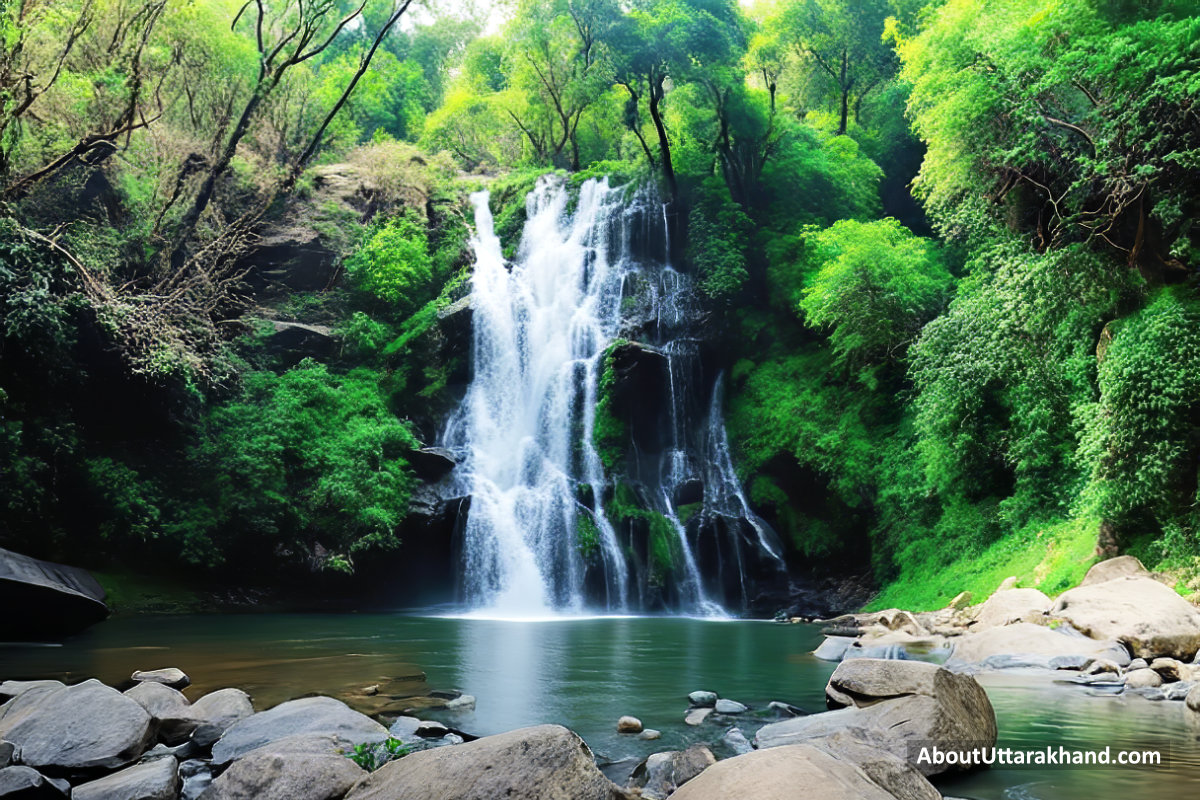
Barati Rau Waterfall in Uttarakhand, India | Photo: AboutUttarakhand.com
Details About Barati Rau Waterfall
The beautiful Babi Rau Waterfall is in the village of Chunakhan in India's Nainital District. It is easy to get to from anywhere in the state. You can get to Chunakhan from Nainital town by taking trails that wind through beautiful scenery. The waterfall is a great place to get away from it all because it is really out in the middle of nowhere. The landscape is made up of terraced fields and traditional village houses that show people what real life is like in the country.
The Barati Rau Waterfall is the main draw here. It is a beautiful cascade that flows gracefully down the rocky landscape. Because they are in the middle of lush woods and untouched nature, the falls make everyone who visits feel calm and peaceful. The clear water falls into an organic pool, calling you to explore and giving you a welcome break. Barati Rau Waterfall is a haven for people who want to get back in touch with nature. The lush surroundings and faraway sounds of the falls create an immersive experience.
Visitors to Barati Rau Waterfall will experience the rich plants and animals of the Nainital Himalayas. Along with rhododendrons and oak trees, the path to the waterfall is full of bright wildflowers. As a bonus, the hike will have a lot of different kinds of plants and animals. Birdwatchers will love seeing native bird species. The beautiful Himalayas are made even more beautiful by the wide range of animals that live in the nearby hills.
In Chunakhan village, which is hidden in the foothills of the mountains, you can really see how people live and what their society is like. The warm and friendly people who live there give visitors a taste of simple country life. Fields with terraces and traditional Kumaoni houses, as well as the sounds of folk music and dancing, add a cultural flair to the trip. By talking to the people who live there, you can learn about the habits, customs, and way of life that are closely linked to the natural rhythms of the Nainital Himalayas.
The walk up to Barati Rau Waterfall is an adventure in and of itself, not just a way to get there. As the path winds through forests and hills, you can see views of the surrounding land. A hiker can enjoy the peaceful sounds of nature as they walk along the trail. These sounds enhance the senses and make the trip more enjoyable. The trail isn't too hard or too easy, so it's good for a wide range of hikers, from experienced trekkers to people who just want to take a peaceful stroll in the woods.
History Of Barati Rau Waterfall
There are many cultural ties between the past of Barati Rau Waterfall and the Nainital District. The local populations have held the falls in their collective awareness for generations, even if particular historical documents are scant. There are stories that say ghosts and gods live in the Barati Rau Waterfall, making it a famous and holy place. These stories have been passed down from generation to generation.
For a long time, the Nainital District has been rich in culture and nature. The hills around the Chunakhan hamlet have been marked by pilgrims, traders, and travellers, which add to the historical importance of the area. As a natural landmark in the Nainital Himalayas, Barati Rau Waterfall has watched the rise and fall of civilisations in silence.
Best Time To Reach Barati Rau Waterfall
You can enjoy Barati Rau Waterfall no matter what time of year it is because its beauty changes with the seasons. Summer is at its best from March to June, when you can go hiking and sightseeing outside. During the monsoon season, which lasts from July to September, the scenery changes as the refreshing rains bring life back to the falls. The leaves turn a warm colour from October to November. From December to February, when the falls freeze, you may see something truly magical: a winter scene. When is the best time to go? That depends on what you're looking for: peace and quiet in the winter or lively fun in the summer.
How To Reach Barati Rau Waterfall
| By Road |
The Barati Rau Waterfall can be reached by road in Chunakhan Village. From Nainital, it's easy to get to all the big towns, including Delhi. Getting about 300 kilometres away from Delhi takes about eight to nine hours. Along the way, you may see stunning views and beautiful scenery. Taxis, buses, and private cars are all possible ways to get to and from the road trip. From Nainital, you can get to Chunakhan hamlet using a number of different local transportation options. |
| By Train |
Kathgodam Railway Station is the closest railway station to Nainital. From there, one may take a cab or public transportation to Nainital, which takes around 1.5 to 2 hours. Kathgodam is well-connected to major cities, providing for an easy rail ride. When you get in Nainital, you may take local transportation to Chunakhan hamlet and the Barati Rau Waterfall. |
| By Air |
Pantnagar Airport is the closest airport to Barati Rau Waterfall. From the airport, one may take a cab or other modes of transportation to Nainital, which takes around 2 to 3 hours. The airport has direct flights to major cities such as Delhi. The flight from Delhi to Pantnagar takes around one hour. The road trip to Nainital from Pantnagar gives stunning views of the surrounding terrain. Local transportation may be taken to go to Chunakhan hamlet and the Barati Rau Waterfall from Nainital. |
Places To Visit Near Barati Rau Waterfall
| Mukteshwar |
Before we get started, let me just say that Mukteshwar is a hidden gem that beckons tourists with its pristine natural beauty, quiet village life, and amazing panoramas. Located in the Nainital district, it is often referred to as the "hidden pearl" of Uttarakhand. Set at an altitude of around 2,286 metres (7,500 feet) above sea level, this little community offers a peaceful escape from the bustle of modern life. |
To Conclude
At the end of their journey to Barati Rau Waterfall, travellers are leaving behind more than just a destination - they are abandoning a haven of cultural and natural riches. The eternal charm of the Nainital Himalayas and the perfect balance of human existence with nature are exemplified by the settlement of Chunakhan and its gushing jewel, Barati Rau Waterfall. Those who are lucky enough to go on this magical trip will never forget the sounds of the falls, the rustling leaves, and the friendly welcome from the locals.
Located in the centre of the Nainital District, Barati Rau Waterfall beckons visitors to immerse themselves in its enchanting beauty and learn its timeless tale, which weaves together nature and culture in a mesmerising dance. Farewelling guests to Chunakhan village takes home memories of an extraordinary place where the hills talk, the waterfalls sing, and the Nainital Himalayas spirit is alive and well.
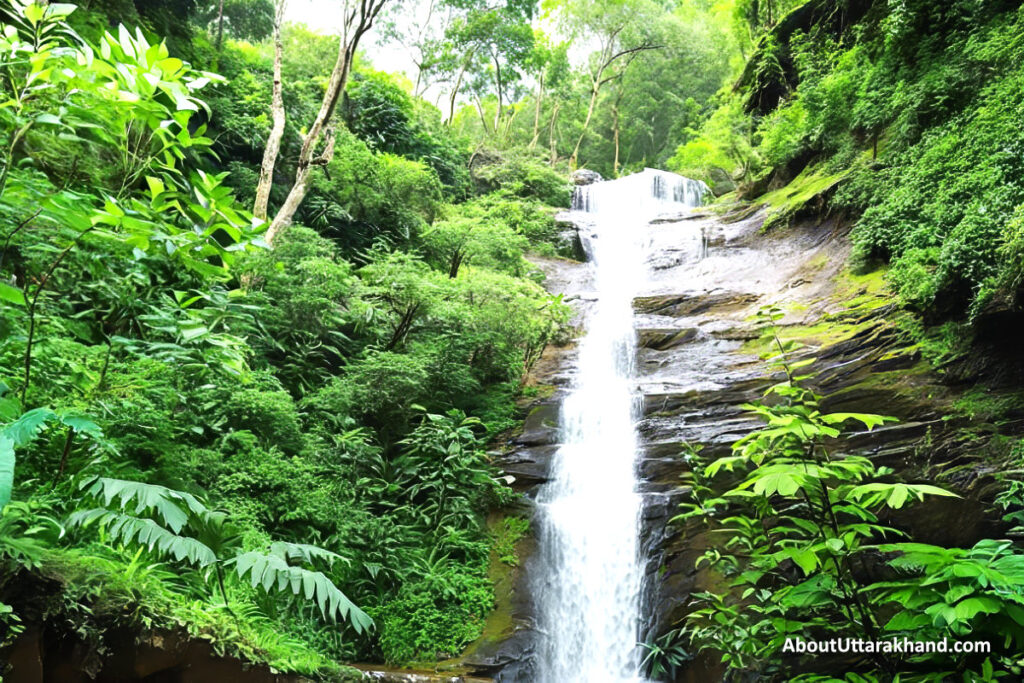

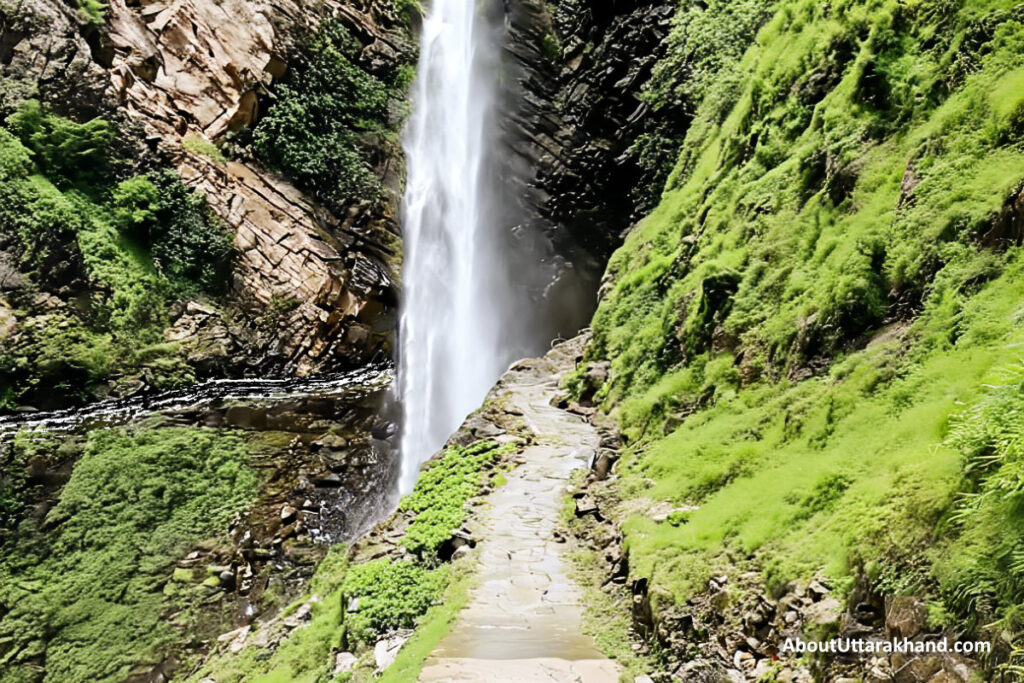

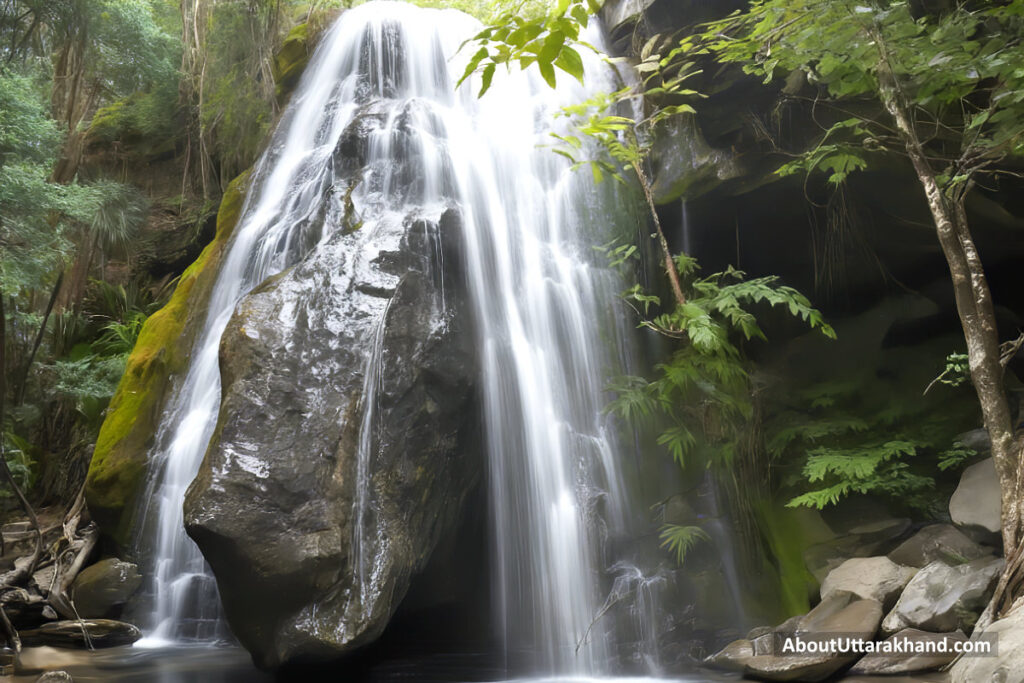


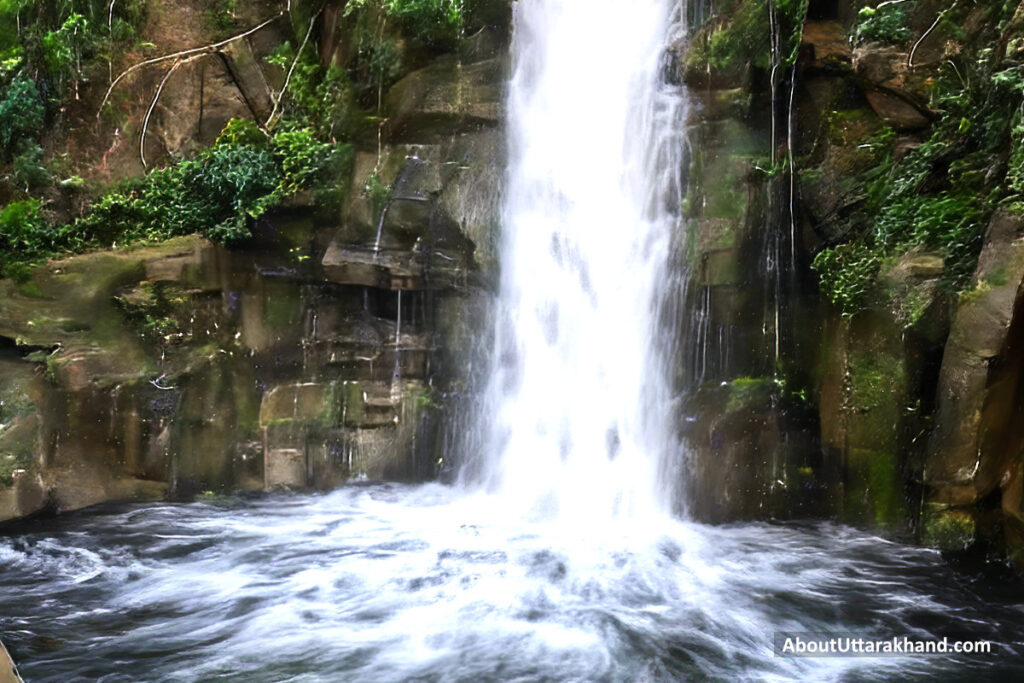

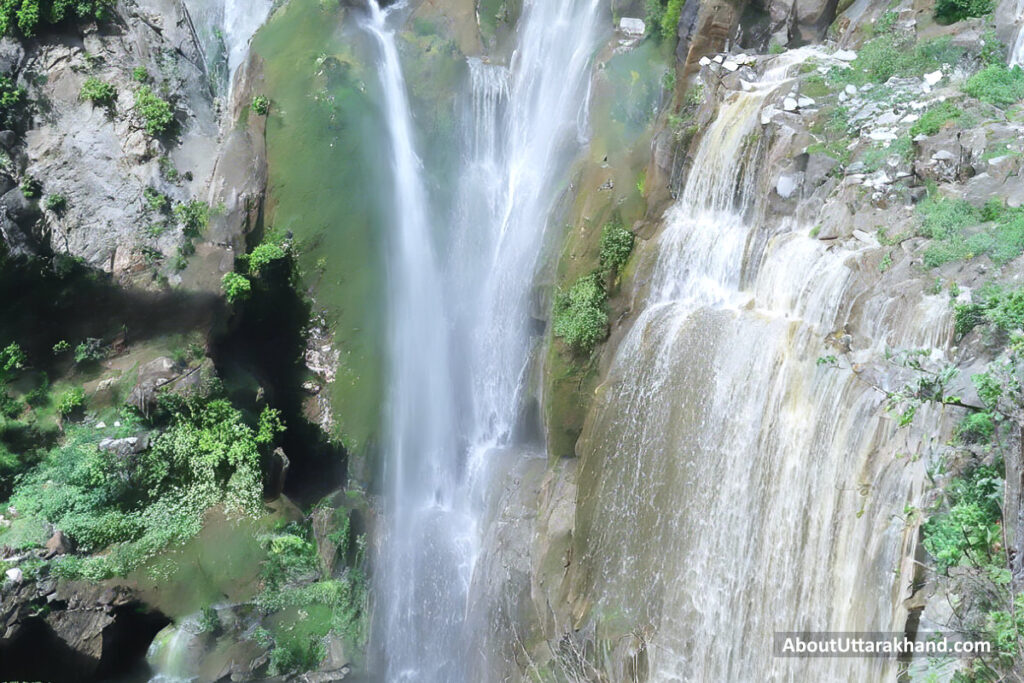
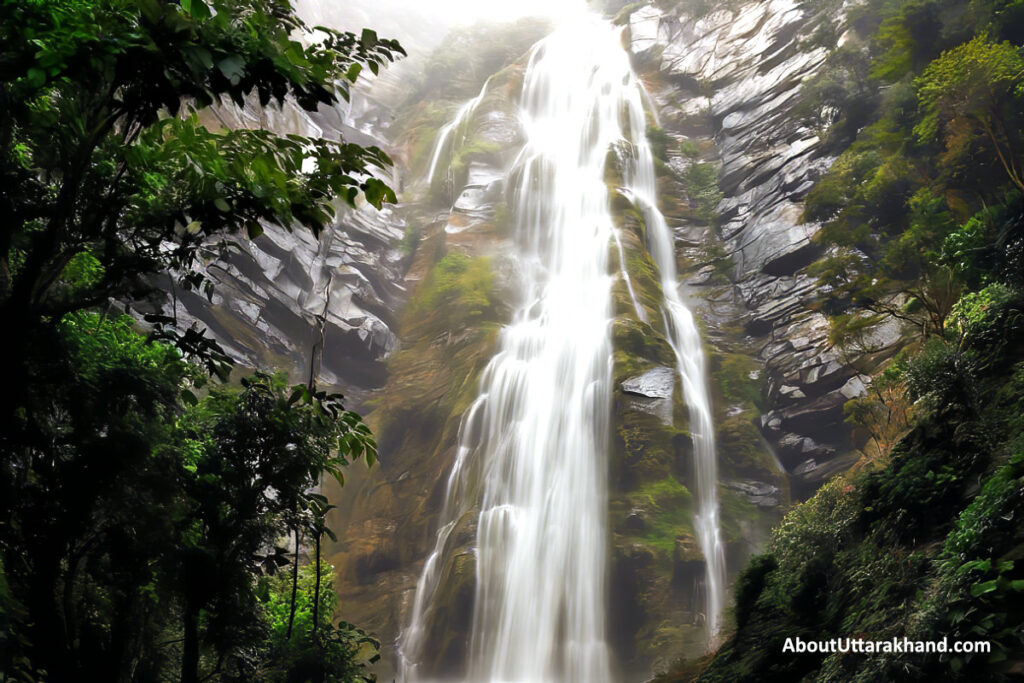


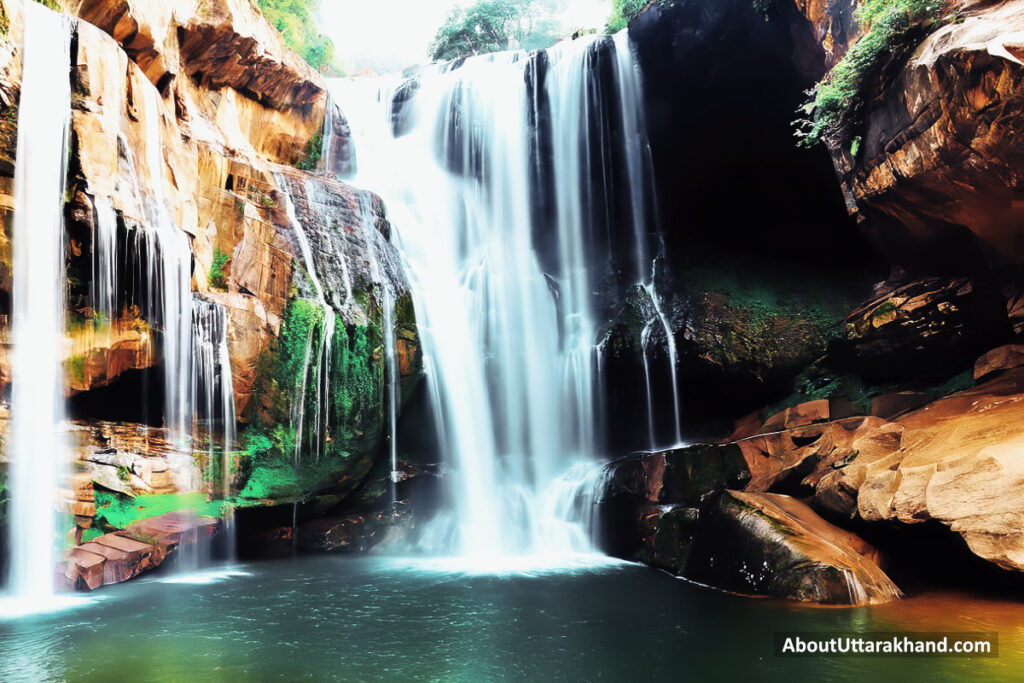
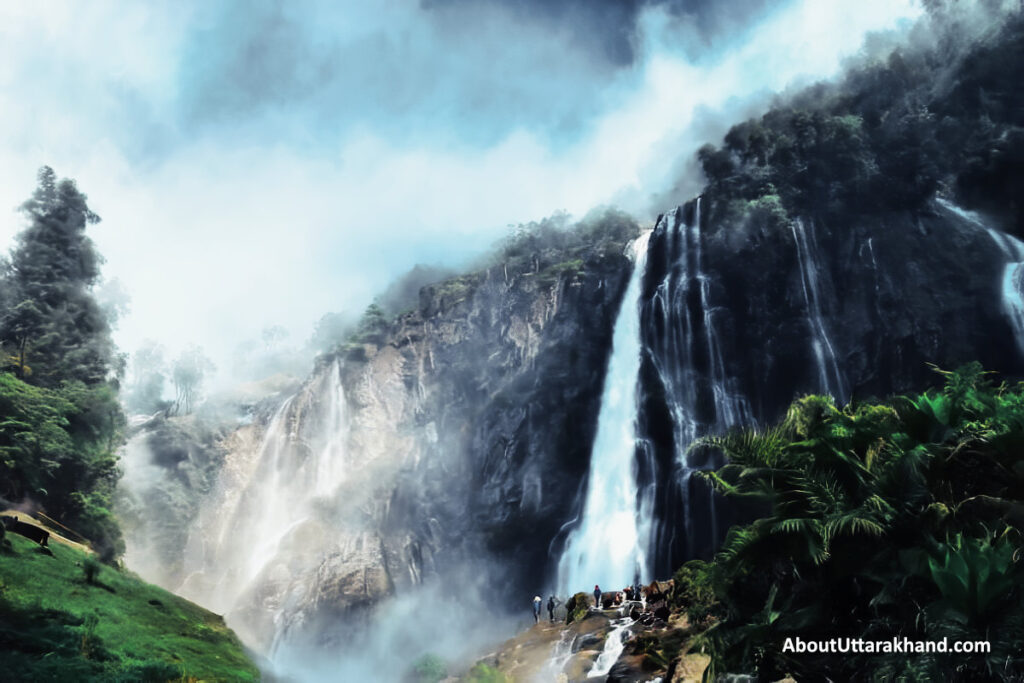
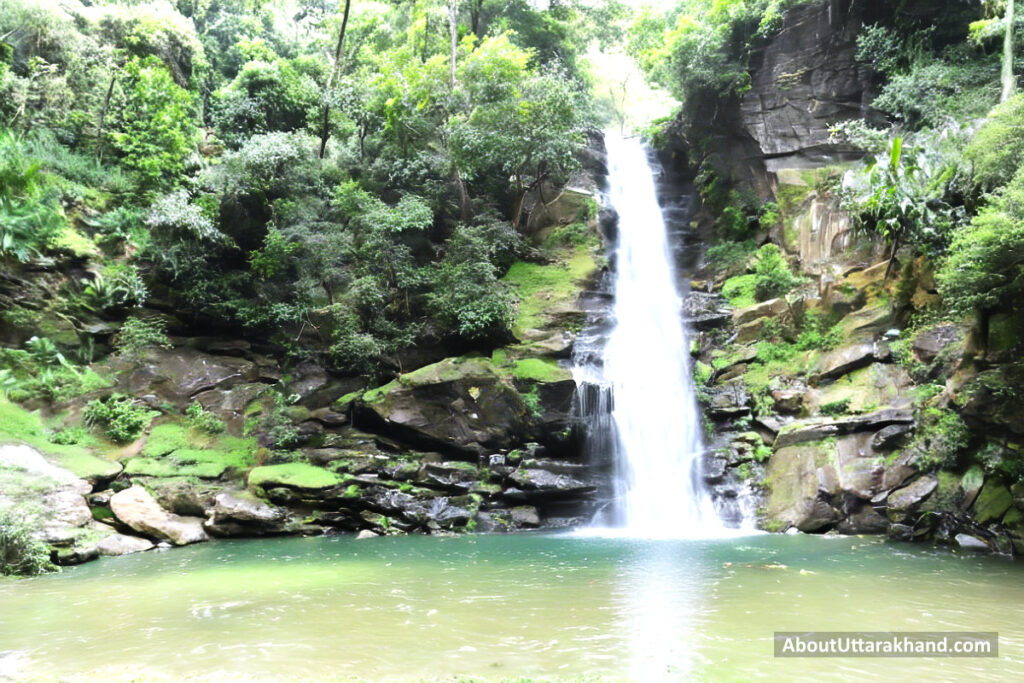
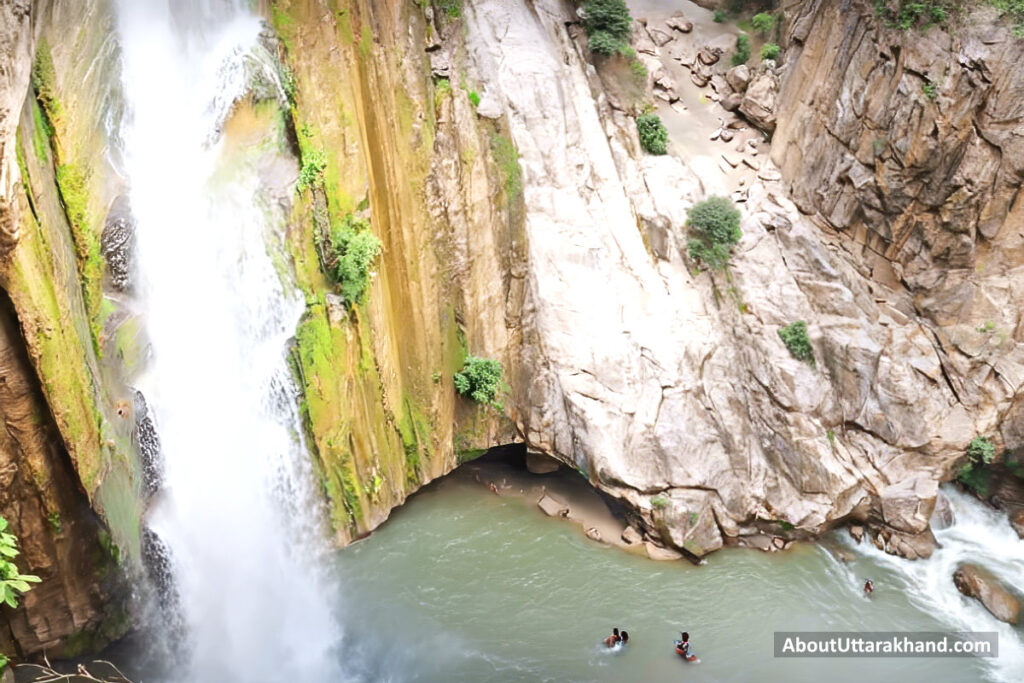
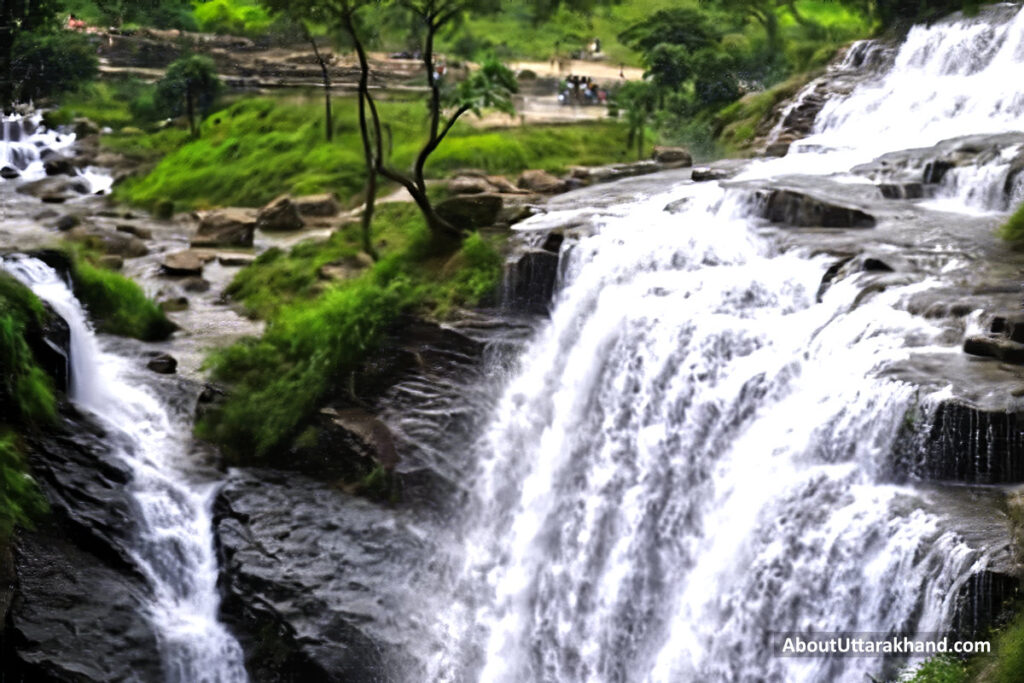
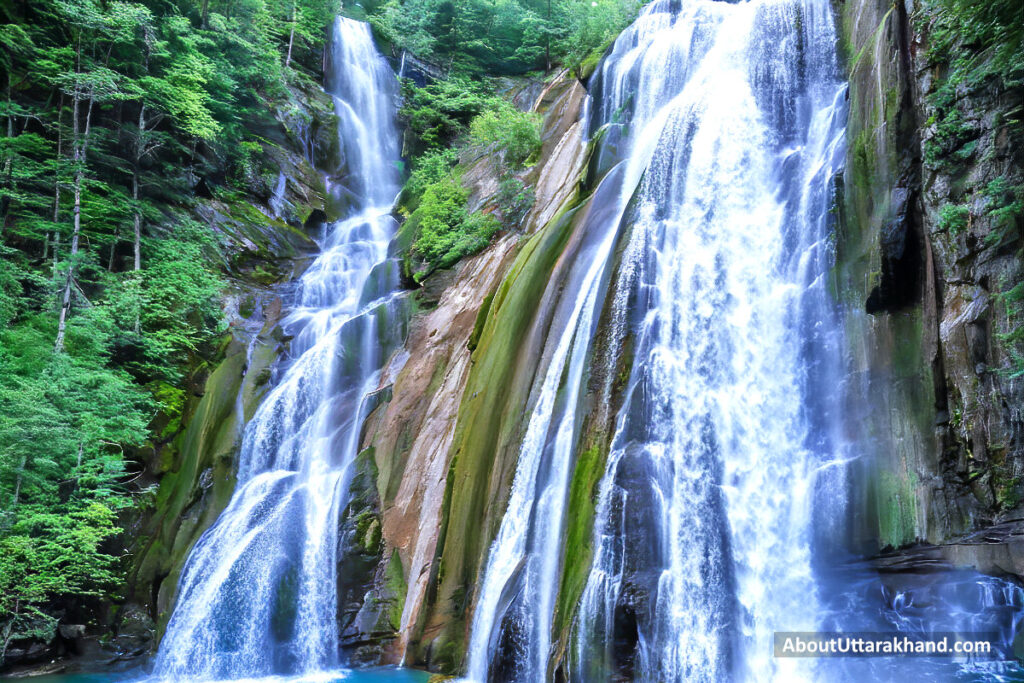
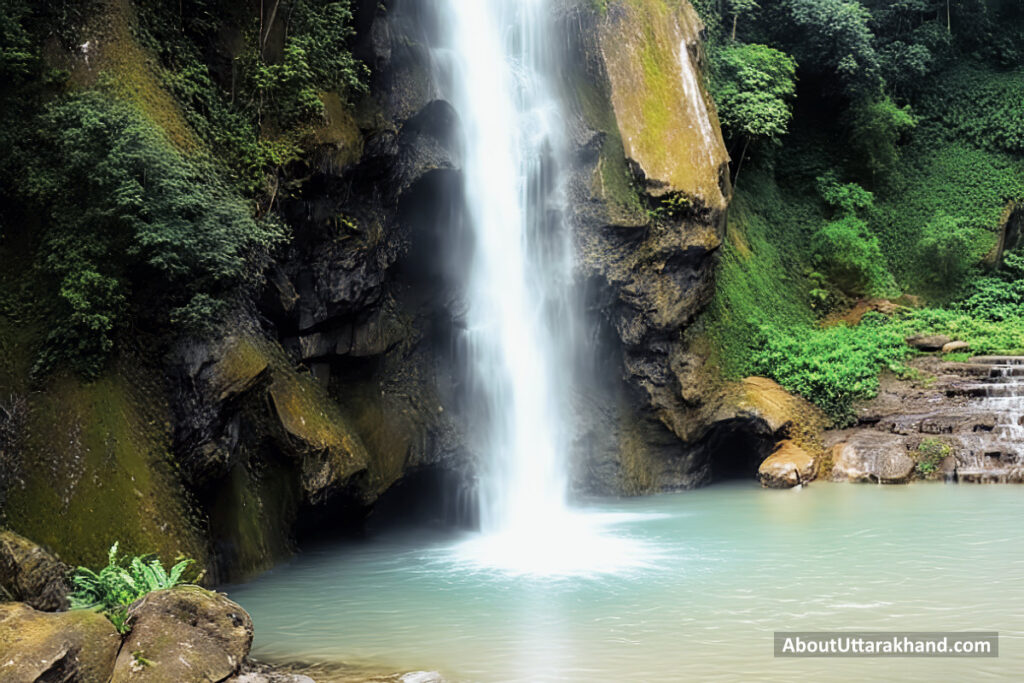
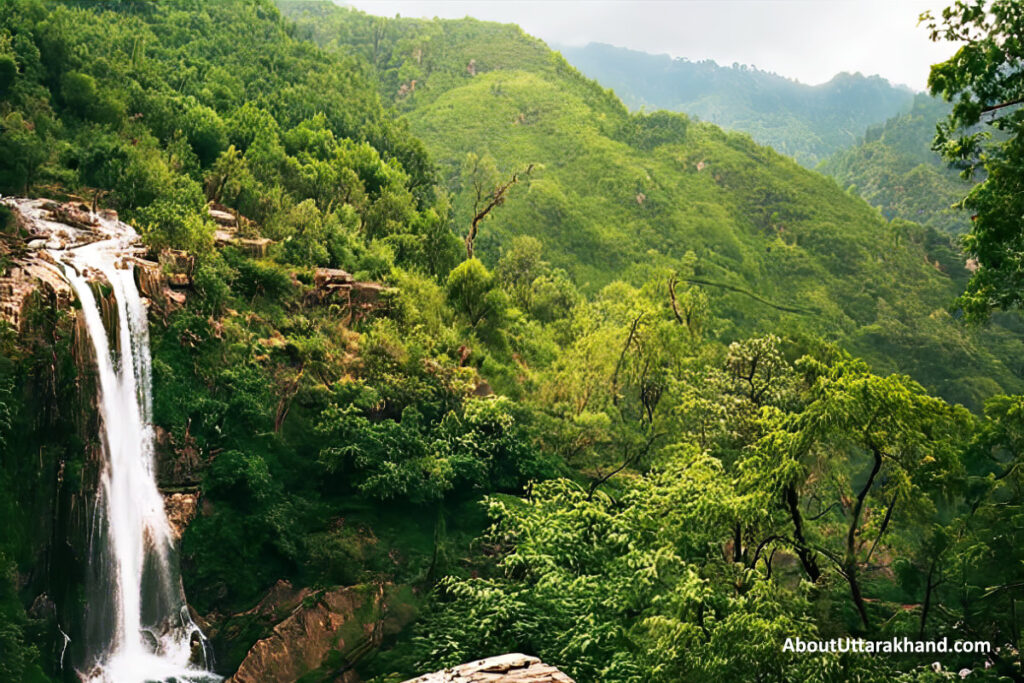
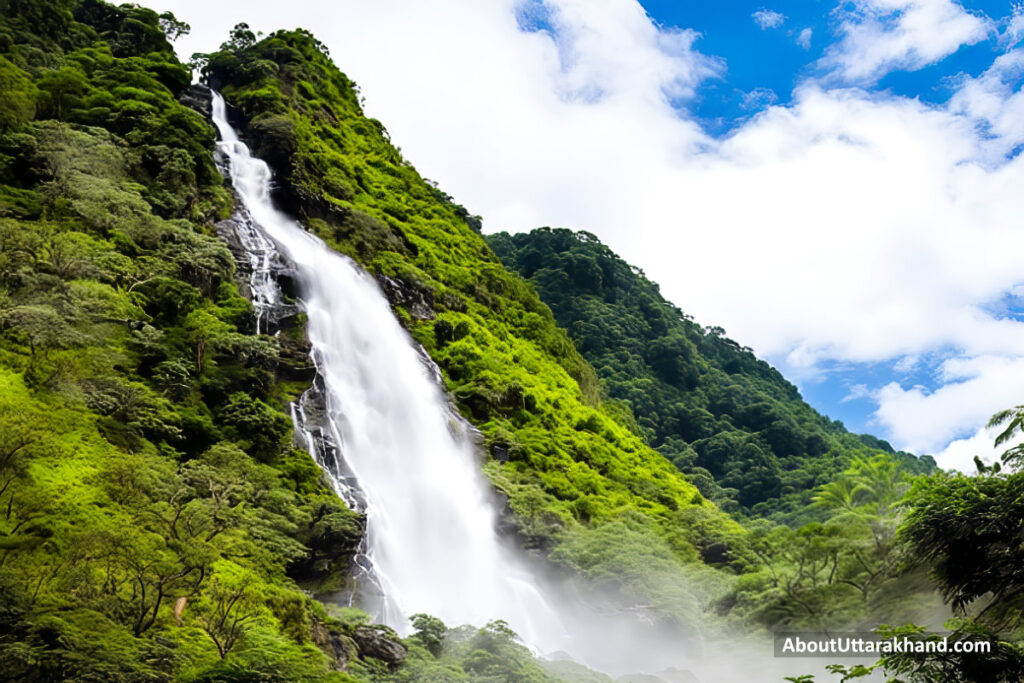

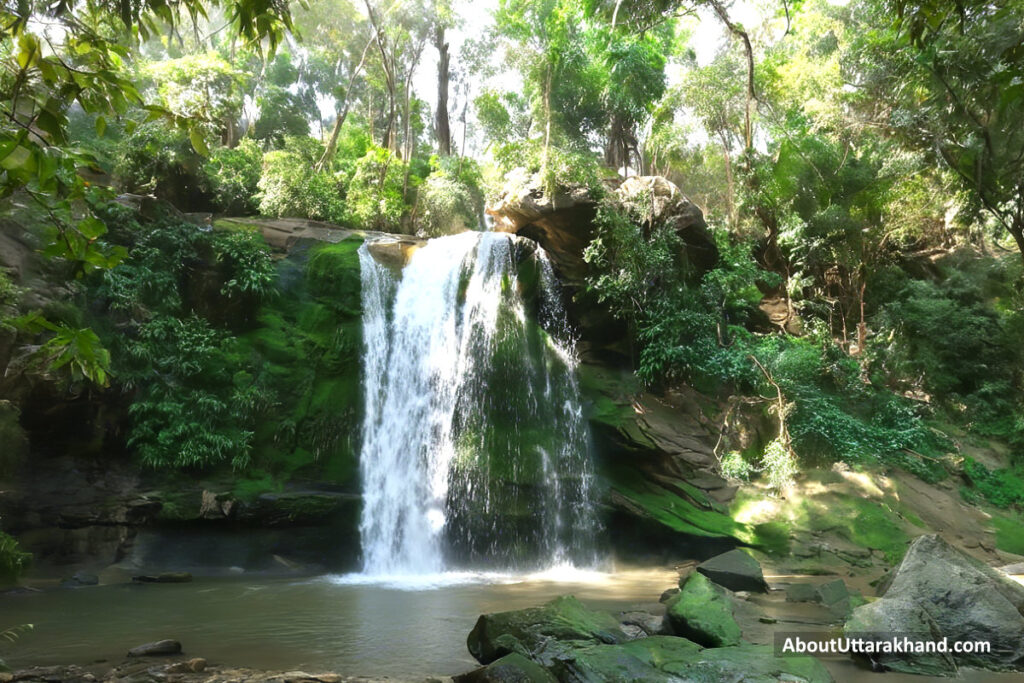



Belle Fable, keeps your trend ahead!
Gaumukh Glacier
The stunning Gaumukh Glacier, in the Uttarkashi region of Uttarakhand, India, is situated close to Gangotri and framed by the towering Garhwal Himalayas. Glaciers like this one attract tourists, hikers, and nature lovers from all over the globe because of the deep religious significance they have for Hindus as the headwaters of the holy Ganges River. The ascent to Gaumukh is an adventure in body and spirit, providing an opportunity to commune with the holy and the natural world.
Nandhaur Wildlife Sanctuary
The Nandhaur Wildlife Sanctuary is a haven for wildlife and stunning scenery, set in the tranquil hills of Uttarakhand. This sanctuary, in the Nainital District close to Haldwani, is a paradise for people who appreciate nature and animals. Its varied habitats, which include grasslands, ponds, and thick forests, have earned it recognition across its 269 square kilometers of territory.
Sonanadi Wildlife Sanctuary
The Sonanadi Wildlife Sanctuary invites animal lovers and nature lovers to come and enjoy the quiet beauty of Uttarakhand's serene surroundings. Hidden in the Nainital District, not far from Nainital, lies a refuge that begs to be discovered. Its varied wildlife and flora make this area, which covers around 301.18 square kilometers, a popular destination for ecotourists and those interested in biodiversity.
Binsar Wildlife Sanctuary
The Binsar Wildlife Sanctuary is a haven for wildlife and a monument to Uttarakhand's rich biodiversity, is situated in the picturesque Kumaon Himalayas. Nature lovers and wildlife aficionados will find this refuge, situated near Almora in the Almora District, to be a paradise. Covering about 47.04 square kilometers, it is famous for its verdant forests, varied fauna, and breathtaking views of the Himalayan mountains in the distance.
Tawaghat Wildlife Sanctuary
The Tawaghat Wildlife Sanctuary is a haven for adventurers and ecotourists, tucked away in the foothills of the towering Himalayas. This hidden gem of a sanctuary is located near Dharchula in Uttarakhand's Pithoragarh District. Despite its relatively tiny size (around 70 square km), this animal sanctuary is just as magical as any other.
Chilla Wildlife Sanctuary
.The Chilla Wildlife Sanctuary, located on the banks of the pure Ganges River, is a living monument to the beauty and variety of Uttarakhand's natural landscape. This sanctuary is a paradise for anyone who love nature and wildlife; it is located in the Pauri Garhwal District, close to Rishikesh. Covering over 249 square kilometers, it is a major wildlife sanctuary in the state that provides a peaceful haven amidst the majestic Himalayas.



